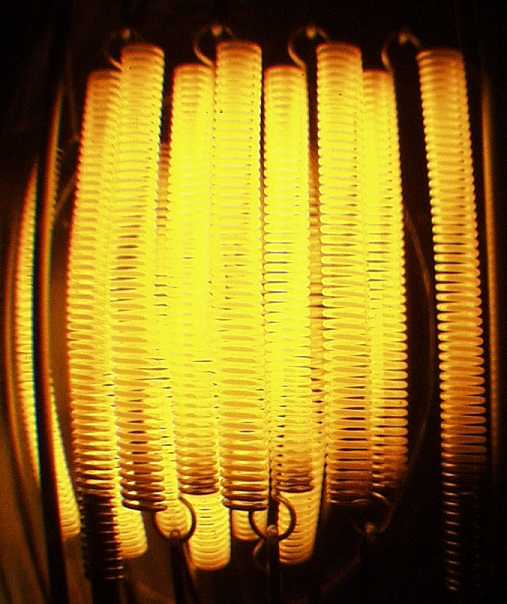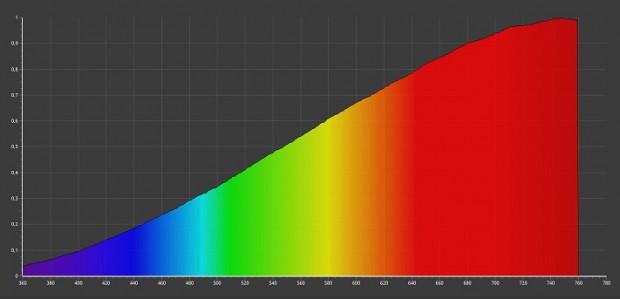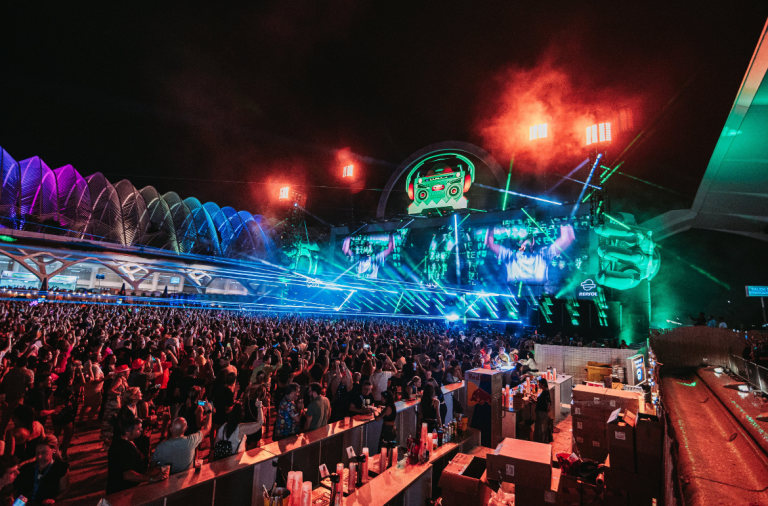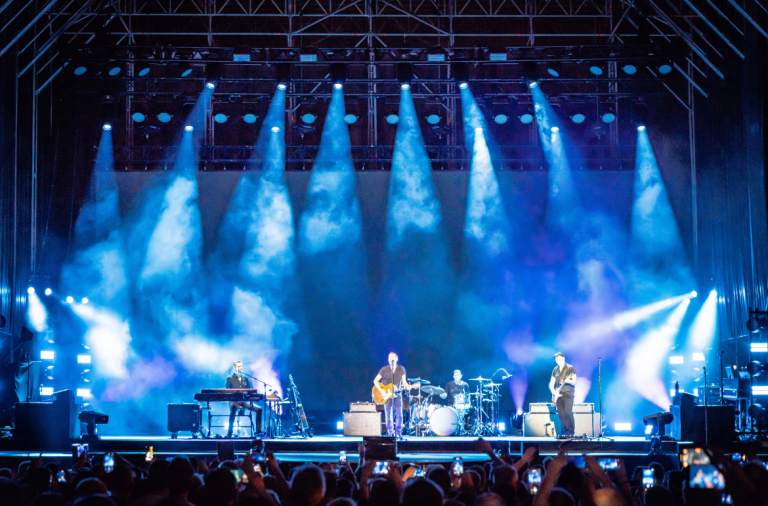DTW spotlights from Cameo
A new spotlight range has the suffix DTW. But what do these initials mean?
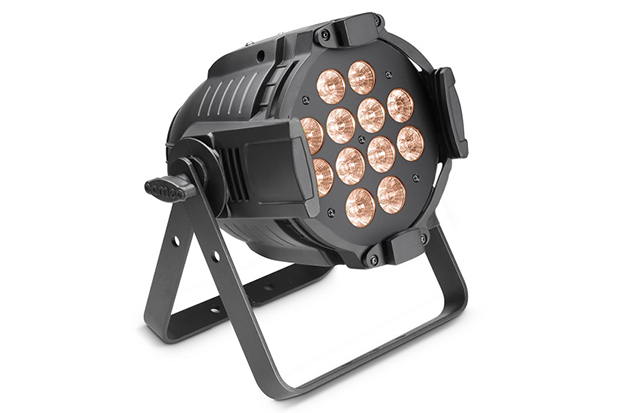
DTW stands for dim-to-warm. This technology is used with LED lamps to simulate the characteristics of halogen lamps, whereby the light emitted becomes increasingly warm as they are dimmed. But why do we need a change of colour temperature when dimming? A good question, because sometimes a colour temperature change is also undesirable. First of all, let’s look at why the colour temperature becomes warmer when dimming. To do this we shall look at a conventional lamp: the tungsten halogen lamp.
Halogen lamps
A halogen lamp has a tungsten filament which, due to the current flow, emits a white incandescent light similar to that emitted from a blacksmith’s white-hot steel. As the steel cools, it glows, slowly changing from a bright white until only a reddish glow can be seen. A halogen or incandescent lamp works in a similar way. As the current flowing through the tungsten filament drops, the metal becomes colder and a lower proportion of blue light is emitted. The majority of the dissipation is now heat and red light. During dimming, the colour of the light becomes more and more red. This effect is also known as “redshift” or a drift into the red.
Another characteristic of the halogen lamp is the inertia of the metal as it cools down. Because the tungsten filament is still hot at the time of switching off, it has to cool down before no more light is emitted. When the power is switched off, we see the gradual colour transition to red at the same time as the reduction in brightness. This delay is called the “response time” i.e. the response time from switch-off to darkness.
Response Time
The introduction of LED as a light source means that there is no longer a delay when switching lamps on and off. The LED responds immediately and with full light intensity. A sudden and immediate blackout is possible and can be used to create a very dramatic effect. On the other hand, the LED lights up immediately as there is no longer a need for it to be pre-heated like the slow halogen lamp.
If LED spotlights are used together with halogen spotlights, it is often desirable that both types of spotlight respond in a similar way. For this reason, DTW spotlights from Cameo feature switchable halogen or LED response times. This facilitates slow dimming at switch off. Some installation dimmers also have a response time function to compensate for the temporal differences between lower wattages such as 650 W halogen spotlights and 5 kW halogen lights.

Redshift
In contrast to a halogen lamp, the colour temperature of an LED light remains constant. This is advantageous, for example, with camera images, because the camera sensor reacts very strongly to a colour temperature change to red and gives undesirable reddish pictures. Our eye, on the other hand, still interprets this light as a pleasant and warm white light. For exactly this characteristic, we like to use dimmed halogen lamps to create a warmer atmosphere. A dimmed LED on the other hand, would not radiate any warmer light under normal circumstances. Here it is necessary to carefully add red or amber-coloured LEDs to create a redder or warmer light when dimming.
DTW spotlights from Cameo are designed to enable a redshift. The redshift is switchable depending on the application. Cameo calls this function dim-to-warm.



